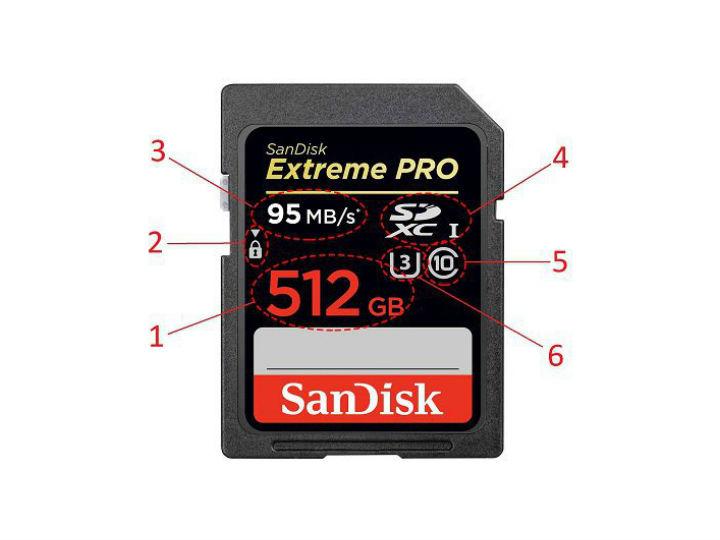A few years ago, sharing files with acquaintances was a very complicated process.
There were compatibility problems between devices, infrared signal failures or simply the lack of adequate inputs on the computer or cell phone to transfer information.
That changed with the arrival and popularity of SD cards in the early 2000s. Back then, these cards could hold between 128MB and 2GB, which was crazy.
Due to technological advancement and market demand, these cards have become more sophisticated.
Many of the cards you used 10 years ago today are outdated
Normally, people are only interested in memory capacity and writing speed, but all this plays an important role depending on the device.
For example, a professional camera needs a specific speed and format, and although you can use “any” memory, it is best to follow the manufacturer’s recommendations.
Facts about SD Cards
1. Capacity:
Does not require much explanation. This number indicates the amount of information you can save on this small device.
SD memories vary in capacity, and surely you have seen that there are some that go up to 2 TB. That is quite a bit of space.
2.Write protection:
The information may be in your memory, but that does not make it “resistant” to human accidents.
This little slider will help you protect your memory from writing, which will prevent you from deleting or replacing files when it is locked.
Remember that to copy, delete and create files in memory, the small plastic must be facing down.
3.Write speed:
This information is often found in the upper left part of the body of the SD memory.
This number indicates the amount of memory that can be read in seconds, and is generally described in megabytes.
4.Format:
Have you noticed that formatting a memory displays formats such as FAT, FAT 32 and ex Fat?
Some of your devices only accept a certain type of format (FAT 32 being the most common), but others, like some professional cameras, require a specific format.
You can see the format of the memory by the letters that are engraved in the center:
- SD: Memories up to 2 GB. They come in Fat 12 and Fat 16 formats.
- SDHC: Memories of more than 2 GB and up to 32 GB. They come in Fat 32 format.
- SDXC: Memories greater than 32 GB and up to 2 TB. They come in ex Fat format.
5.Writing speed:
Previously, we talked about reading speed, and they are completely different things.
This number influences the compatibility with some devices to be able to write information in real time.
The clearest example is that of a video camera. A Class 2 memory will only be used for standard video recording, however, when using a Class 10 memory, it will allow the capture of constant video in high definition.
Currently, electronic devices often include messages about the recommended speed for proper operation.
6.Transfer speed:
This small number indicates the speed at which you can transfer files between the computer and memory.
UHSC memories only have two categories, indicated by a number, and their transfer speed can go from 50 MB per second to 312 MB (depending on whether it is U1 or U3).
This information will be very useful for the next time you want to buy the best memory to get the most out of your cell phone, tablet and even your video game console.














